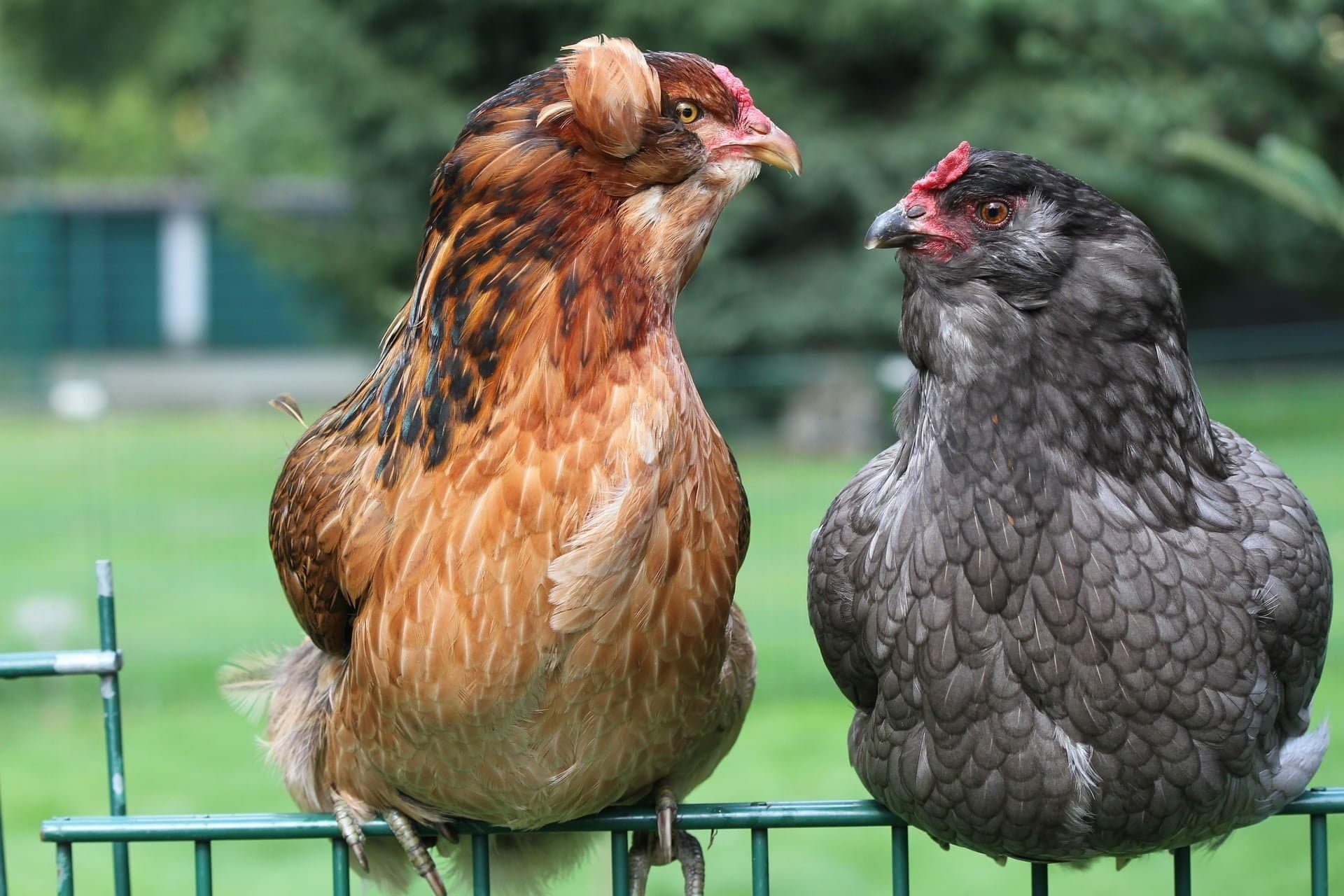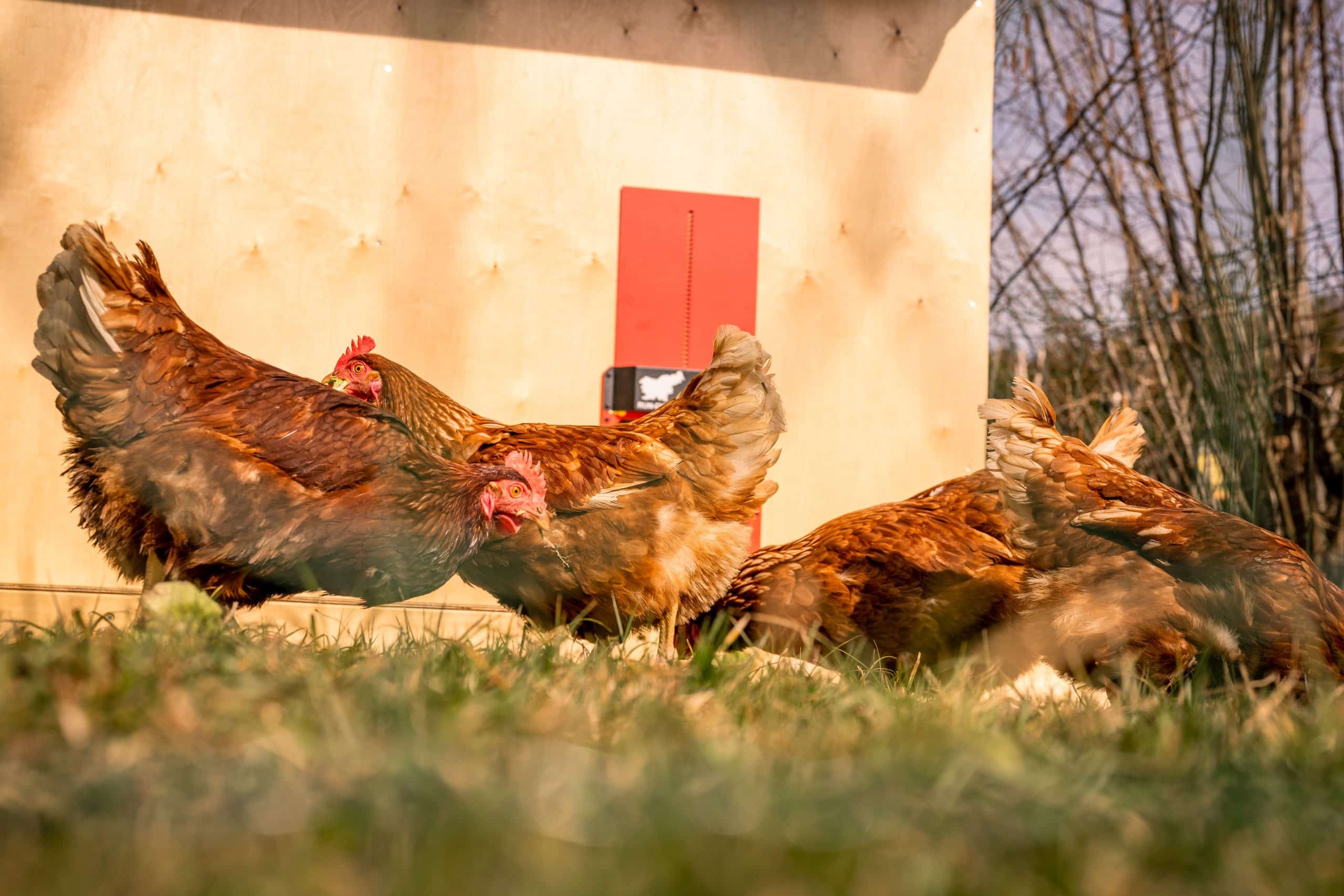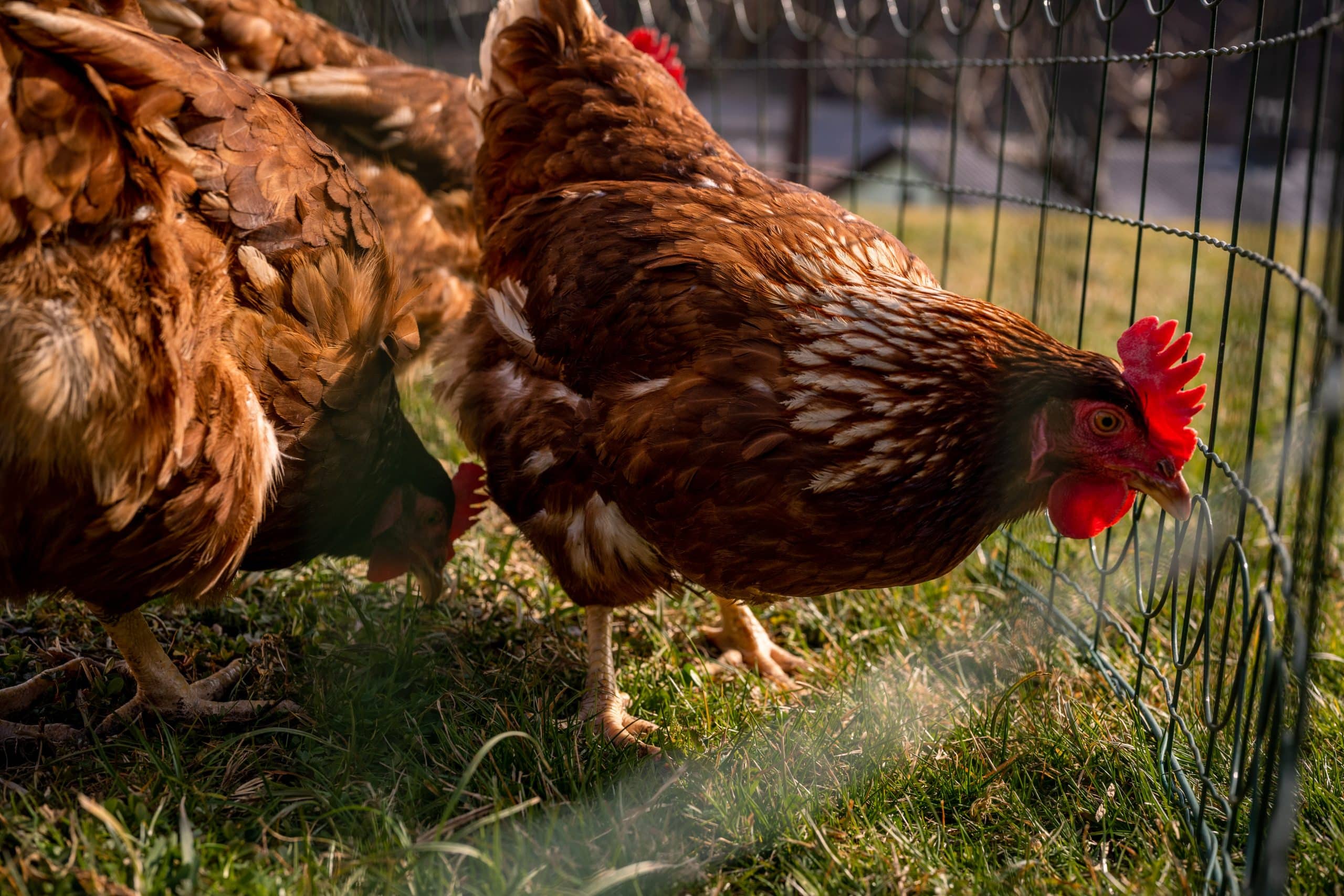If you’re raising backyard chickens for eggs, companionship, or as a hobby, you’ll need to introduce new chickens every couple of years to maintain a healthy flock. Most hens lay eggs for 2 to 4 years, with production and quality declining over time. Adding new chickens ensures a continuous supply of fresh eggs and keeps your flock thriving. Here are some of the most beautiful chicken breeds in the world.
However, integrating new chickens into your existing flock can be challenging. You can’t just place new hens in the coop and hope they get along. Chickens establish a hierarchy known as the pecking order, where larger chickens assert dominance by pecking, chasing, and fighting others. Introducing new chickens abruptly can disrupt this order, causing distress and aggression, which could potentially harm or even kill the new additions.
If your flock already has an established pecking order, here are some precautions to take to integrate new chickens smoothly.

Preparing for New Chickens
1. Add Extra Space
Before expanding your flock, ensure you have enough space, food, and water for the new chickens. They will need space to roost and a place to lay eggs. If your coop is large enough, adding a few extra roosts and a food bowl may suffice.
If you’re adding multiple chickens, you might need to extend your coop or build a new one. Ensure your coop and run are safe from predators by installing a Run-Chicken automatic coop door, which closes at sunset to protect your flock. A sturdy fence around the chicken run will also help keep predators at bay. Learn more about common chicken predators in the USA.
2. Isolate New Chickens
Quarantine new chickens to monitor them for infections or diseases before introducing them to your flock. Adult chickens are more likely to carry diseases that could infect your flock. Watch for signs such as scaly legs, dull combs, mites, or fluid from their eyes or nose. Consult a local farmer or veterinarian if unsure. If the new chickens appear healthy after a week, you can proceed with the introduction.
Consider Age, Size, and Breed
Introduce new chickens that are similar in size to your existing flock to prevent bullying. Some breeds are significantly larger than others, so research the breeds you are considering. If a new chicken is being bullied, it might need more time to mature, even if it is physically similar in size.

Introducing New Chickens: Step by Step
1. Keep Them in a Separate Cage Nearby
Introduce new chickens through a fence or gate initially. Place them in a pen next to your chicken run so your existing flock can see, hear, and smell them without direct contact. This helps your flock get used to the newcomers over a few days to a week.
2. Change of Scenery for Introduction
After your chickens have adjusted to the sight and smell of the new ones, introduce them face-to-face in a neutral area. Allow your existing chickens to free range while introducing the new ones to reduce fighting. Monitor the interactions and be ready to separate them if necessary. It may take a few introductions for the flock to integrate.
3. Move into the Coop
Once the chickens interact well during free range, move them into the coop together. Ensure the coop and run are spacious enough to accommodate the newcomers. The new chickens will usually follow the flock into the coop at night after a few days to a week.
4. Night Placement
If a chicken seems reluctant to join the coop, place it inside at night. Chickens are more docile at night and will often accept the coop as their new home. Monitor them closely the following morning.

Additional Tips
Adding Chicks
Keep chicks in a separate coop until they are similar in size to your existing flock. If a hen hatches her own chicks, she will protect them until they are established in the flock.
Number of Chickens to Add
Introduce at least two new chickens at a time to distribute any aggression and prevent one from being bullied excessively.
Handling Aggression
It can take up to three weeks for new chickens to be accepted. Monitor for serious injuries and keep aggressive birds separate if necessary.
Conclusion
Expanding your backyard flock requires careful planning and patience. By providing adequate space, time, and proper introductions, you can successfully integrate new chickens into your flock. Join our Facebook community of Chicken & Egg Lovers to share your experiences and learn more.
